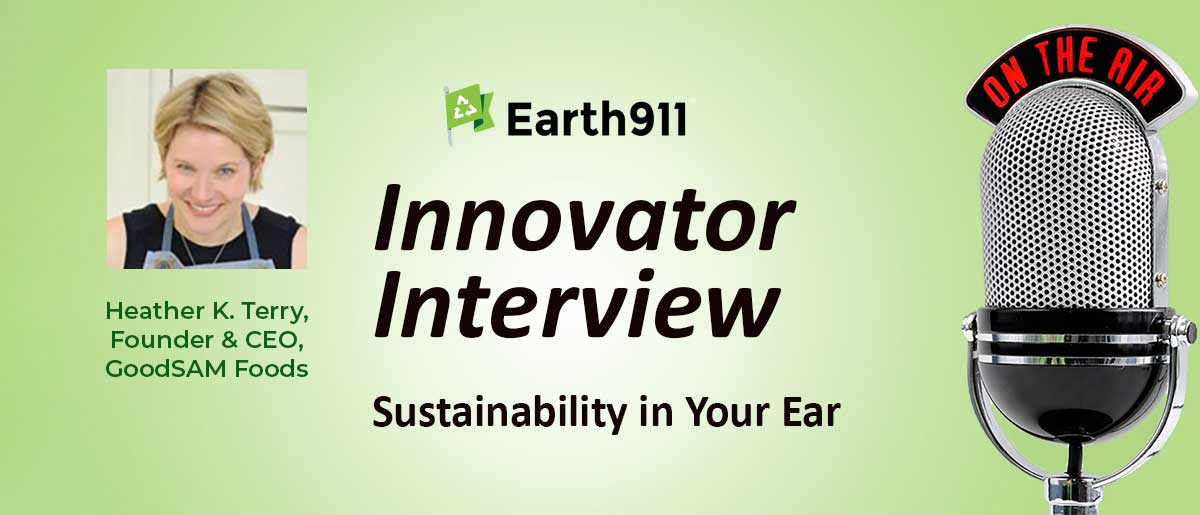Foods, Vol. 14, Pages 2966: Recent Advances and Future Perspectives on Heat and Mass Transfer Mechanisms Enhanced by Preformed Porous Media in Vacuum Freeze-Drying of Agricultural and Food Products
Foods doi: 10.3390/foods14172966
Authors:
Xinkang Hu
Bo Zhang
Xintong Du
Huanhuan Zhang
Tianwen Zhu
Shuang Zhang
Xinyi Yang
Zhenpeng Zhang
Tao Yang
Xu Wang
Chundu Wu
Preformed porous media (PPM) technology has emerged as a transformative approach to enhance heat and mass transfer in vacuum freeze-drying (VFD) of agricultural and food products. This review systematically analyzes recent advances in PPM research, with particular focus on spray freeze-drying (SFD) as the dominant technique for precision pore architecture control. Empirical studies confirm PPM’s efficacy: drying time reductions of 20–50% versus conventional VFD while improving product quality (e.g., 15% higher ginsenoside retention in ginseng, 90% enzyme activity preservation). Key innovations include gradient porous structures and multi-technology coupling strategies that fundamentally alter transfer mechanisms through: resistance mitigation via interconnected macropores (50–500 μm, 40–90% porosity), pseudo-convection effects enabling 30% faster vapor removal, and radiation enhancement boosting absorption by 40–60% and penetration depth 2–3 times. While inherent VFD limitations (e.g., low thermal conductivity) persist, we identify PPM-specific bottlenecks: precision regulation of pore structures (<5% size deviation), scalable fabrication of gradient architectures, synergy mechanisms in multi-field coupling (e.g., microwave-PPM interactions). The most promising advancements include 3D-printed gradient pores for customized transfer paths, intelligent monitoring-feedback systems, and multiscale modeling bridging pore-scale physics to macroscale kinetics. This review provides both a critical assessment of current progress and a forward-looking perspective to guide future research and industrial adoption of PPM-enhanced VFD.
Source link
Xinkang Hu www.mdpi.com

